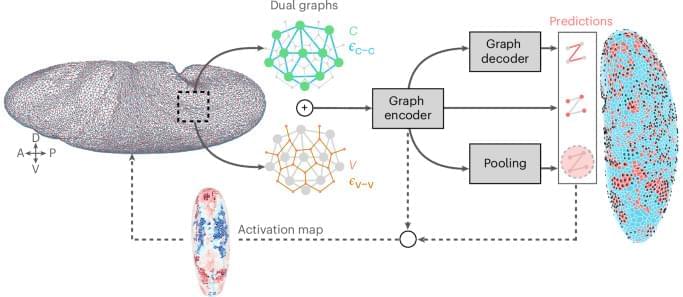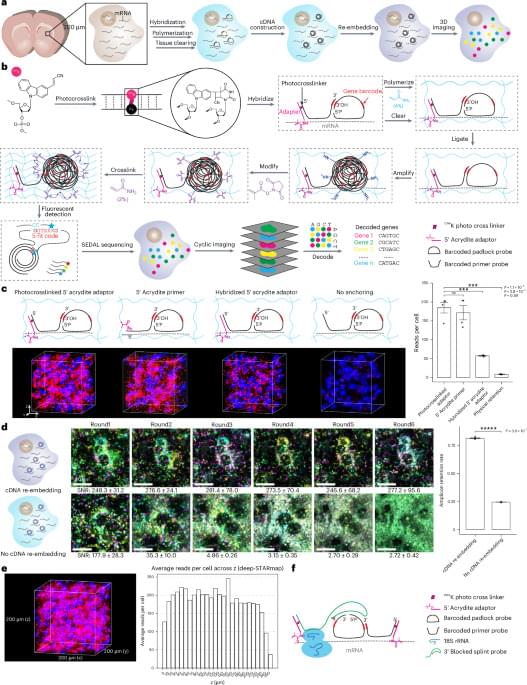Nissan Motor Co. Ltd. (Nissan) has confirmed that information of thousands of its customers has been compromised after the data breach at Red Hat in September.
The Japanese multinational automobile manufacturer headquartered in Yokohama, Japan, produces more than 3.2 million cars a year. The company employs 120,000 people and has a strong presence in Japan, North America, Europe, and Asia.
In an announcement yesterday, Nissan informed that it was indirectly impacted by a security breach incident at the U.S.-based enterprise software company Red Hat.








